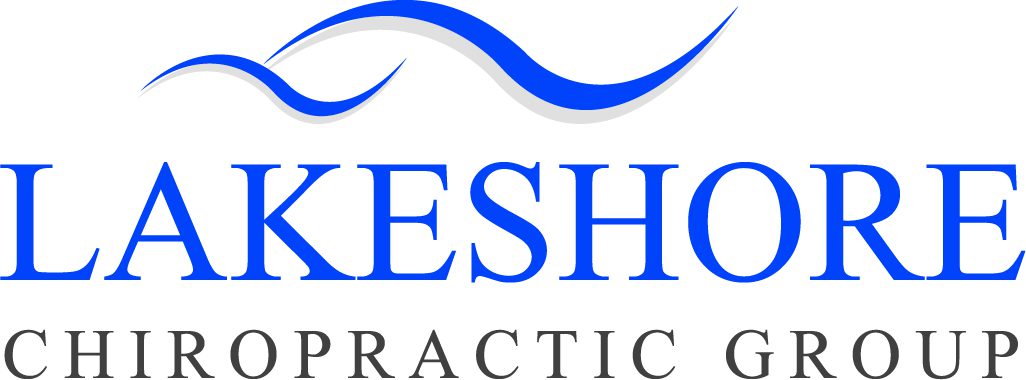Flexion-Distraction Therapy

- Albert Scales
Flexion-Distraction Therapy, (F/D) is a gentle, chiropractic treatment procedure utilized for back and neck pain.
Flexion-Distraction Therapy is utilized for many conditions such as:
- Failed Back surgical Syndromes
- Disc Herniation/Ruptured Disc/Bulging Disc/
- Sciatica/Leg pain
- “Whiplash” injuries
- Stenosis
- Arm Pain/Shoulder Pain
- Neck Pain and Headaches
- Failed Course of Steroid Injections
- Spondylolisthesis
- Headache
- General back muscle pain and spasms
- Pelvic Pain
- Arthritis
How does Flexion-Distraction Work?
For Disc related conditions:
- Increases the intervertebral disc height to remove annular tension on the annular fibers and nerve by making more room and improving circulation.
- Allows the nucleus pulposus, the center of the disc, to assume its central position within the annular fibers and relieves irritation of the spinal nerve.
- Restores vertebral joints to their physiological relationships of motion.
- Improves posture and locomotion while relieving pain, improving Healthy Body functions, and creating a state of well-being.
For Non-Disc related conditions:
Patients with other conditions causing back pain (facet syndrome, spondylolisthesis, sprain/strain, scoliosis, transitional vertebra, sacroiliac restrictions and misalignment, certain types of spinal stenosis), Flexion/Distraction provides all of the above benefits plus the ability to place the spinal joints into normal, painless movements so as to restore spinal motion without pain:
- The posterior disc space increases in height.
- F/D decreases disc protrusion and reduces stenosis.
- Flexion stretches the ligamentum flavum to reduce stenosis.
- Flexion opens the vertebral canal by 2 mm (16%) or 3.5 to 6mm more than extension.
- Flexion increases metabolite transport into the disc.
- Flexion opens the apophyseal joints and reduces posterior disc stress
- The nucleus pulposus does not move on flexion. Intradiscal pressure drops
- under distraction to below 100mm Hg. On extension the nucleus or annulus is seen to protrude posterior into the vertebral canal.
- Intervertebral foraminal openings enlarge giving patency to the nerve.

Albert Scales
Dr. Albert Scales has been helping victims of motor vehicle accidents for over 40 years. He has successfully helped hundreds of auto accident sufferers return to a pain-free and active lifestyle.

